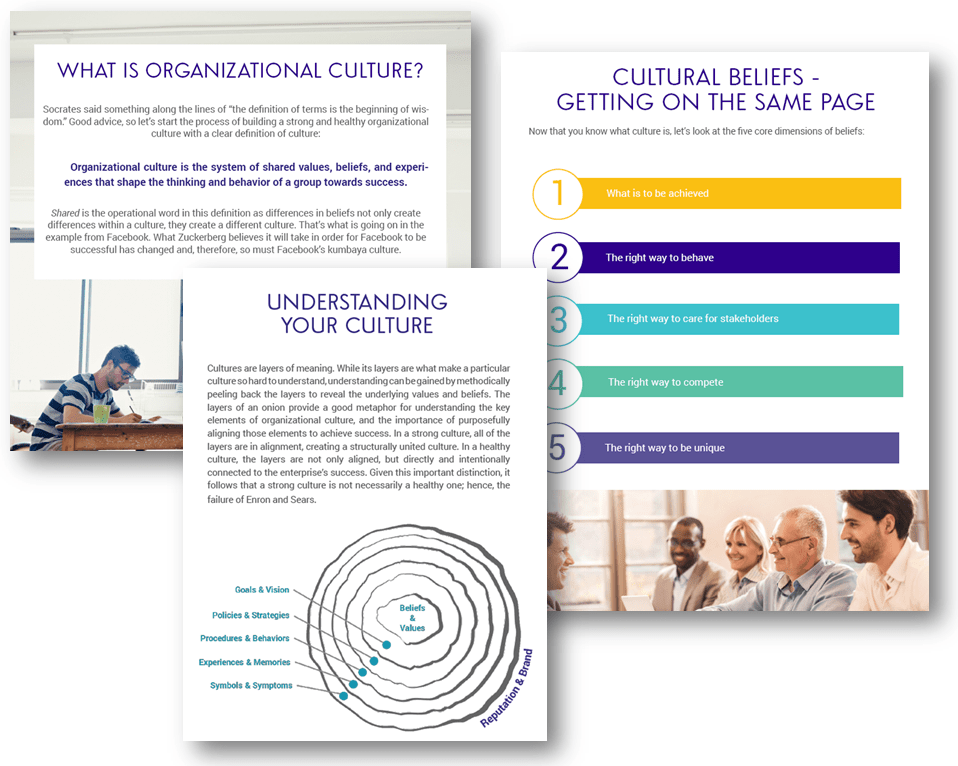When Eric Schmidt became CEO of Google in 2001, the company was at the tipping point of becoming the Internet powerhouse it is today. He asked other leaders how he could best stay connected to the rapidly growing Google team, and leverage new ideas below the executive ranks. A colleague suggested he find one smart, high-performing Googler (Google’s term for teammate or employee) and ask that person to refer him to another bright Googler, repeating the process until 10 exceptional Googlers were consulted. Connecting with Googlers across functions would allow him to stay on top of new ideas and address concerns before they became problems. Schmidt consulted an engineer whose work he admired and started the process.
Unfortunately, each new meeting began with a tense and anxious Googler. Why? In the past, the only time the CEO met with people below top management was for termination. What happened? The old culture of top-down stood in the way of the new culture of listening and participation.
A culture that does not align with its leaders’ vision for the future can stall progress – even when leaders are open and willing to change. Culture truly is everyone’s responsibility. When it changes, it is leadership’s job to ensure that the how and why of the change is understood and that processes, practices, and decision making are in alignment with the culture’s core values and leadership’s vision.
Learn more with our eBook on building a strong culture
Take a Look Inside
To assess and strengthen your organization’s cultural alignment, we created a checklist with action items identified for six key business functions and groups.
Company Leadership
- Define, communicate, and teach the company’s vision for the company
- Ensure all levels of the organization own the vision by living it daily and teaching it to others
Operations
- Ensure policies and procedures align with the vision and support a strong and healthy culture
HR
- Ensure the people processes (selection, training, development) support living and teaching the vision
- Develop a hiring process that identifies people who will fit and perform in the culture
- Measure how the culture is being lived and its impact on key business metrics (e.g., customer and employee engagement, revenue, turnover)
Marketing
- Ensure the Employee and Consumer Brands align with the vision and cultural values
- Increase brand awareness and communicate a clear story of how your business lives its values
Managers
- Protect the culture by hiring people who fit the culture
- Serve as a leader and role model in living the culture
- Celebrate and encourage behaviors that align with cultural values
Employees
- Consistently act in ways that support the culture, whether completing job tasks, interacting with each other, and serving customers
- Advocate for the business and refer future employees who will live the culture
How does your organization ensure culture-fit and alignment? How do you measure how you are living your vision and culture?
Download our eBook: Building a Strong Culture
References
How Google Works. Eric Schmidt and Jonathan Rosenberg. (2014). Grand Central Publishing.




